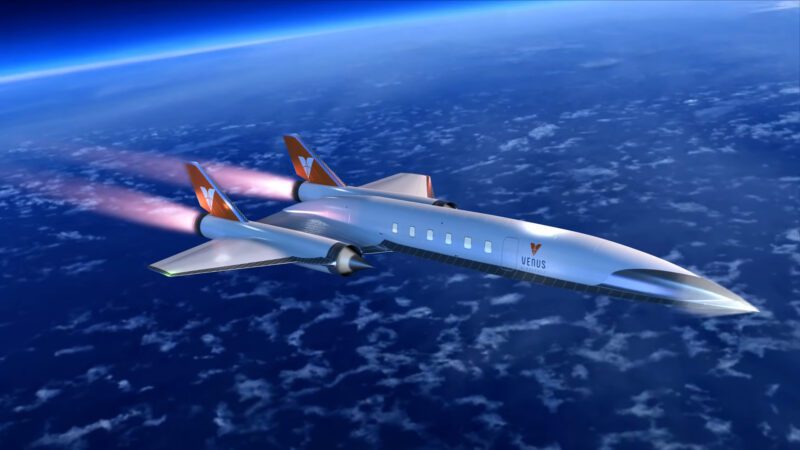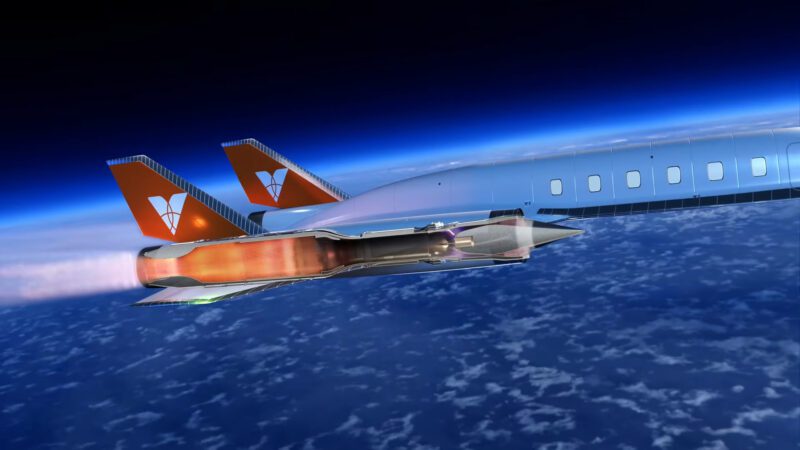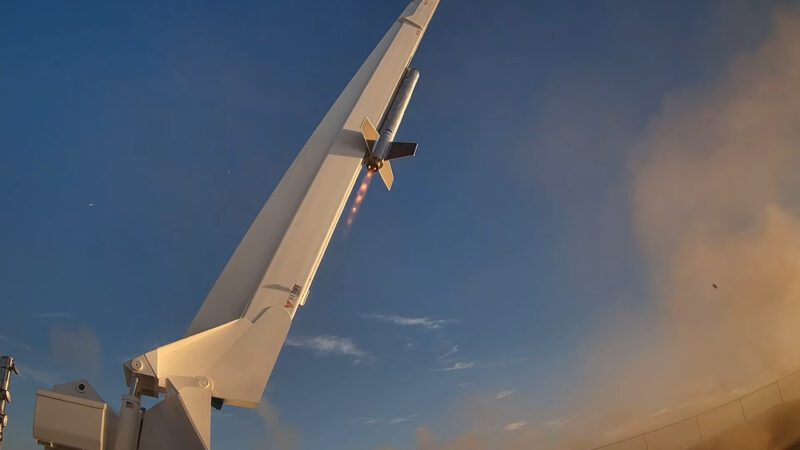Venus Aerospace Stargazer M4 can make flights for 12 hours of the past
If you are one of the few lucky people who were honored to fly on Concorde, you may remember the magical world than the fastest voice of sound. Aircraft via the pool in a little more than three hours. Unfortunately, this ended in 2003, due to the high operating costs of Concorde and environmental interests. Don’t worry, because the fastest travel travel returns to Boom and Pootrue Supersenger Jet. NASA is also in this game, with the experimental X-59.
But what if you could fly from Miami to Dubai (about 7800 miles) in only two and a half hours? This is not a scientific imagination, but the Venus Aerospace vision, a Houston -based startup, Texas, is developing Stargazer M4, the first reusable in the world Loud Aircraft, which aim to redefine global air travel.
Venus Aerospace Stargazer M4

This plane, which is powered by the missile, will be able to accommodate 12 passengers, wandering the Mach 6, which is six times the speed of sound, or 4,602 miles per hour. This makes it almost three times the fastest modern military aircraft. For some context, Concorde reached a top speed of 1354 miles per hour, while the US Air Force reconnaissance plane, which was made by Lockheed Martin, could reach 2220 miles per hour. Stargazer M4 is able to have a maximum speed of Mach 9 or 6900 miles per hour.
Sarah Dubby, co -founder and CEO of Venus Aerospace, believes that this penetration changes everything. She and her husband, CTO, Andrew Dubby, worked on Virgin Orbit as engineers and reached this idea while living in Japan in 2018. What if they could fly to the United States within about an hour? They decided to bet on a new type of missile engine that was in the pipeline, which they felt would have meaning on a plane.
RDRE: The engine technology that will make a non -audio journey as possible

Despite the frankly biblical performance numbers, Stargazer M4 will not need a launch platform or a space interest, but is designed to take off and land in traditional airports. Here is the basic theory of how it works. The basic technology that will make this possible is a radical new payment system called the RDRe -bombing missile engine, associated with Ramjet. The RDRe will be used to climb safely from populated areas. Once it reaches a height of 270,000 feet, it will turn into a running and sliding position, almost on the edge of the space.
It is called this radical design, which is called the Verg detonation engine (VDR2), which is not characterized by mobile parts, and unlike the traditional combustion engine that is slowly burning, this setting, as the name suggests, secretes fuel at speeds of sound. Venus also does not ignore environmental fears. Their motor uses jet fuel and liquid hydrogen peroxide, and perhaps in carbon negative and cleaner of long commercial aircraft today.

the The company recently completed the first American flight test of the next generation, And the first flight of an American engine of its kind. The test was done at Spaceport America in New Mexico. Although Venus did not issue any details such as the duration of the journey or the maximum speed, the engine works, which confirms its performance in the circumstances of the real world.
When will Stargazer M4 be launched?
Now the question remains, when? The company says test trips may occur early in 2030, which is very optimistic. This timeline may be ambitious, but the market capabilities are equal to an estimated $ 200 billion annually. While such pledges are very dense in the capital, they often run out of steam even before raising the ground, Airbus investor, NASA and the US Air Force are closely monitoring.
Given that this technology has military and commercial application capabilities, the company’s focus will be on a wide range of payment and vehicle integration. So, although Venus may not be a familiar name yet, they are definitely on the right path and with promising modern developments, the world of commercial and private aviation may undergo a transformation over the next decade.
Source: Venus Aerospace/YouTube
